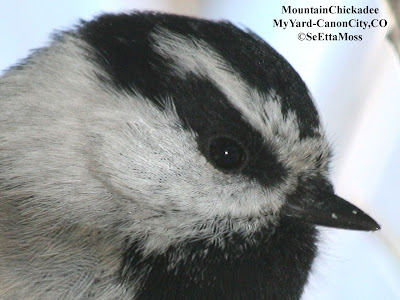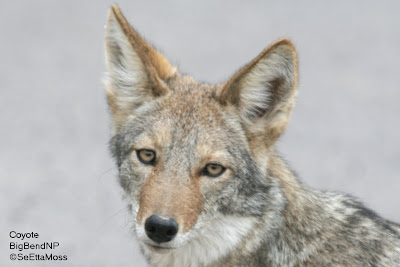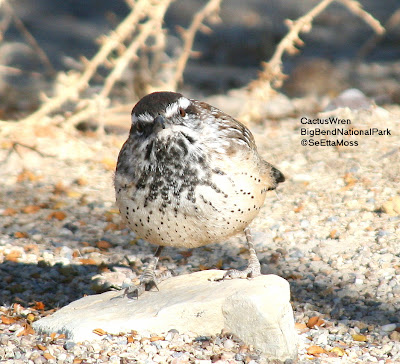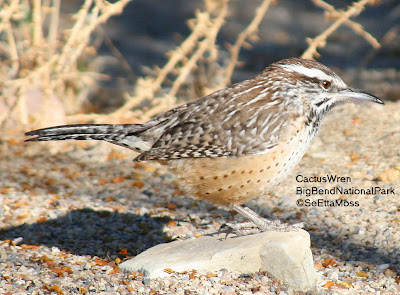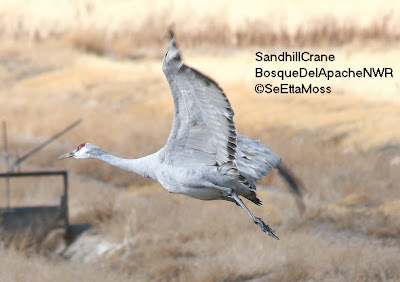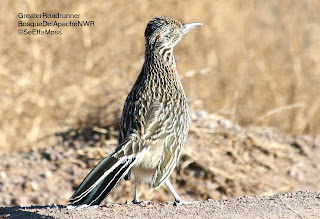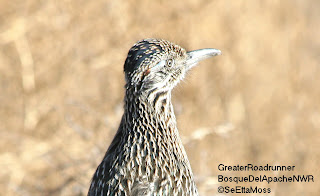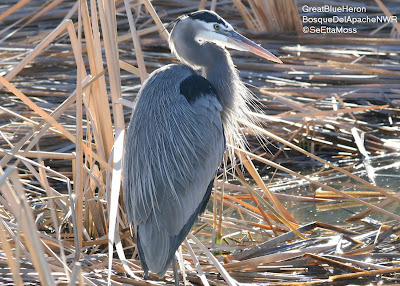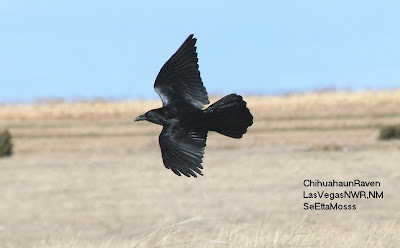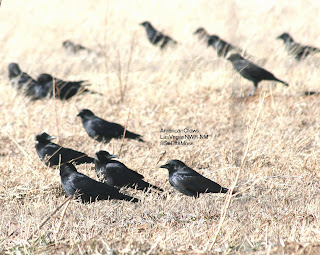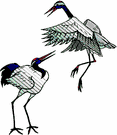
I was impressed by the numbers of Pintail Ducks present at the Bosque Del Apache. We certainly get them in SE Colorado but I don't know of a location that gets the hundreds that I saw at the Bosque. As the numbers of Pintails is lower than desired, it is nice to see these numbers.
I was delighted with this pic as it not only shows the male Pintail's features well, it shows a green speculum bordered by copper feathers. I don' t think I've ever seen this before but
Birds of North Americaonline mentions it. Be sure to double-click on the pic to enlarge it to see this color and other details up close.
I did more on from the Bosque area. I ran across a semi-truck that was swerving almost off the road then into the other lane. After I watched it do this several times I called 911. I continued following it for another 5 minutes reporting to the dispatcher our location as it was very clear that the driver was seriously impaired and a big risk for an accident. When the driver turned off the highway I followed to report the location so the police could check this out. After the truck turned into a truck stop, I returned to highway. I couldn't live with myself if I hadn't taken he small time and effort to do this, knowing that this semi could easily seriously injure and kill innocent people in a wreck. I've seen a few cars being driven erratically but this is the first time I have seen a semi like that. I hope others will do the same. SeEtta
Labels: Northern Pintail








